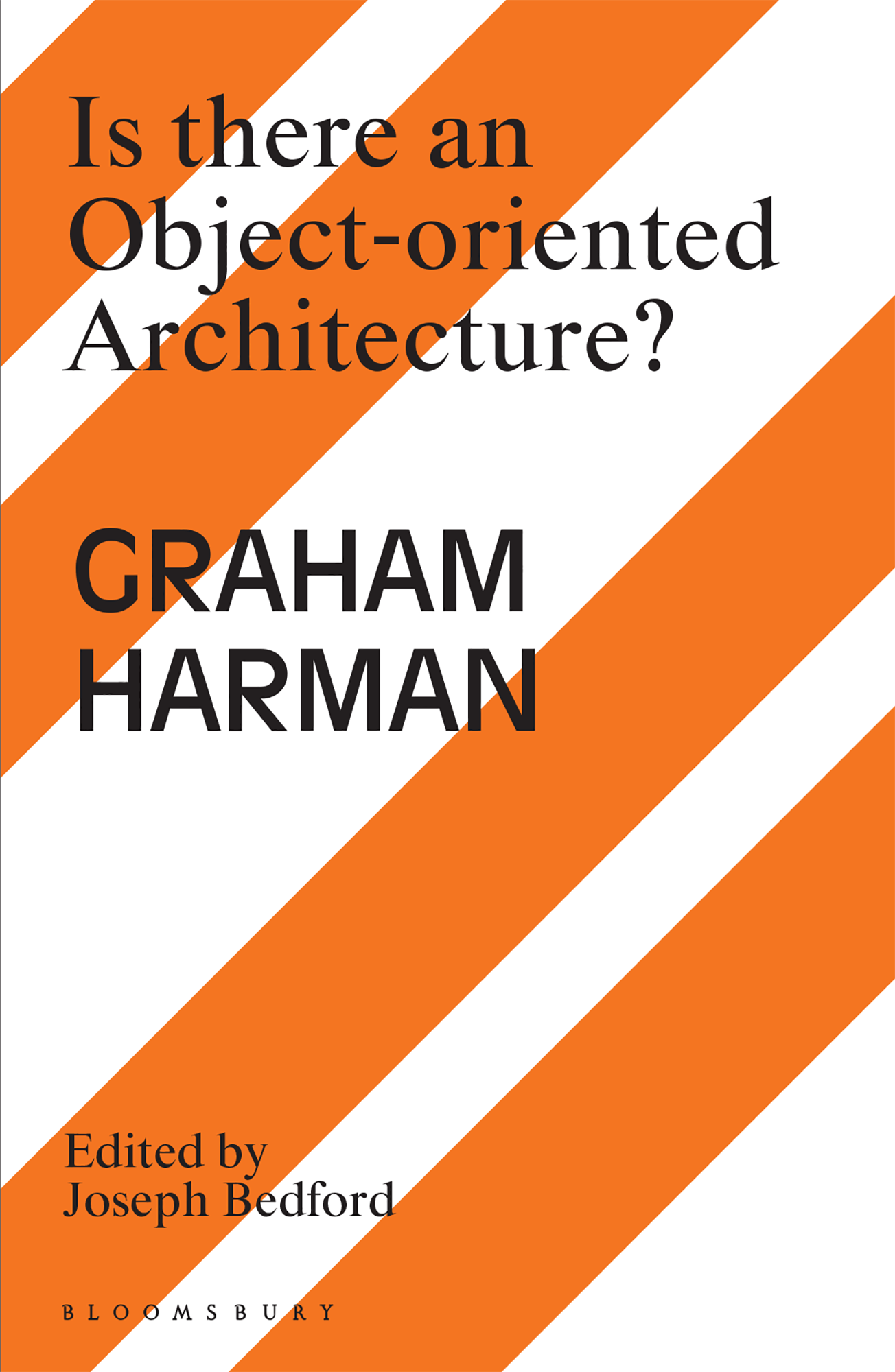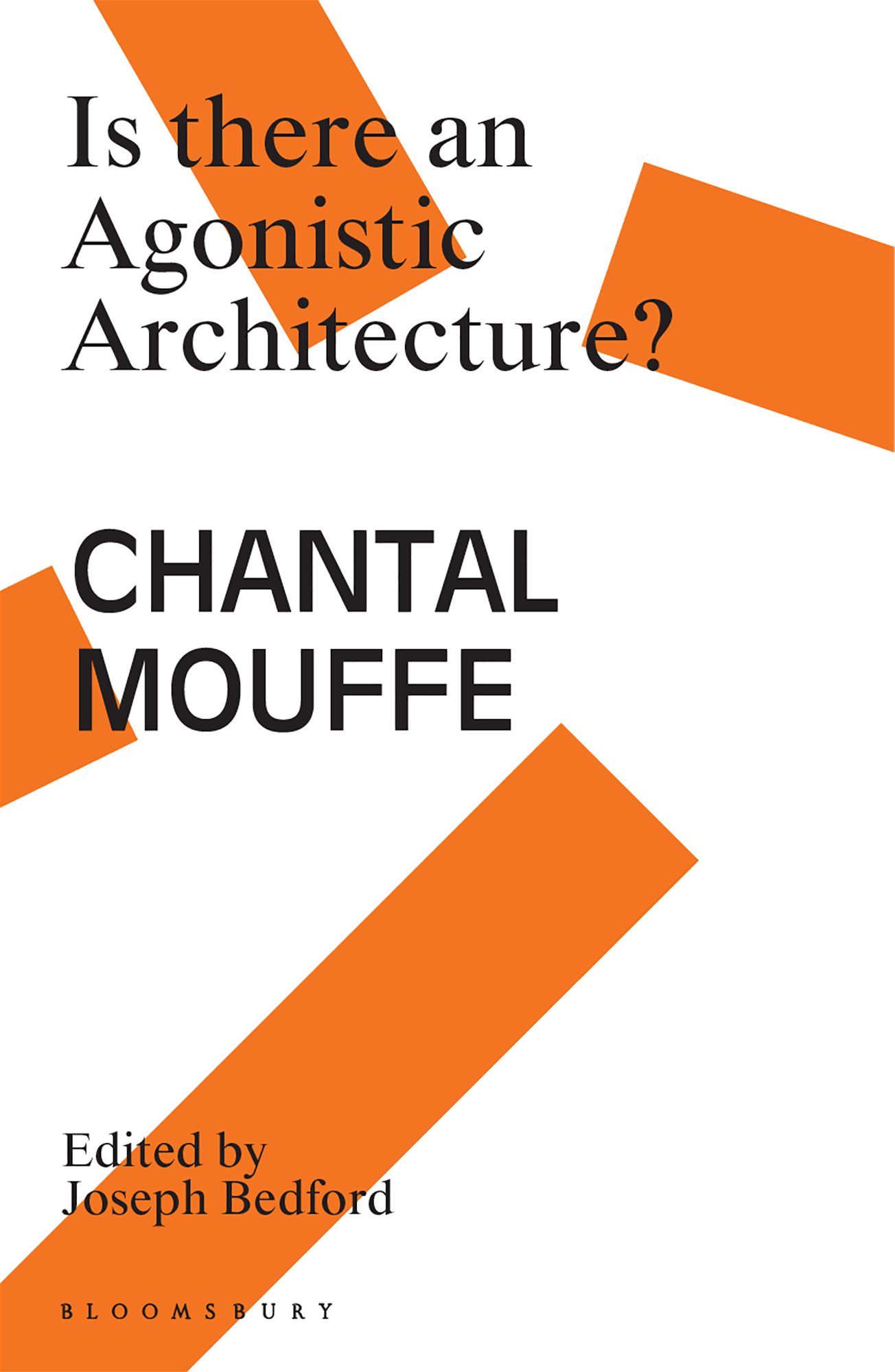Books
The Architecture Exchange produces two series of books: Exchange Books (with Bloomsbury Press) that document the intellectual exchanges platform between architecture and contemporary theory and Workshop Books (with AE Press) that document the dialogues that emerge from our workshops.

